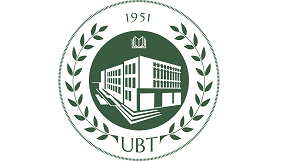ANTE BIŠKO1*, MILAN POLJAK1, ĐANI BENČIĆ2, KRUNOSLAV BRUS3, DARIO IVIĆ4 and LEPOMIR ČOGA1
|
1 University of Zagreb,Faculty of Agriculture, Department of Plant Nutrition, Svetošimunskacesta 25, Zagreb, Croatia 2 University of Zagreb,Faculty of Agriculture, Department of Pomology, Svetošimunskacesta 25, Zagreb, Croatia 3 Croatian Agency for Agriculture and Food, Institute for Seed and Seedling Osijek, Usorska 19, Croatia 4 Croatian Agency for Agriculture and Food, Institute for Plant Protection, Gorice 68b, Zagreb, Croatia * Corresponding author; E-mail: abisko@agr.hr Abstract This paper presents data on citrus fruit cultivation in Croatia and its major production areas, data on plant material production: species, rootstocks and cultivars, plantation area, pests and diseases and on the trade balance of fresh- and dry produce. Regarding the national fruit production area, citrus fruits come sixth with a total of 1,885.60 ha:mandarin 1,816.67 ha, (96.34%), lemon 33.47 ha (1.78%) and orange 33.39 ha (1.77%). According to the plant material production data, the most common rootstock is poncirus (PoncirustrifoliataL., Raf.) with a share of 95.43%. The most common mandarin cultivars are ‘KowanoWase’, ‘Chahara’, ‘Zorica’, ‘Owari’, ‘Okitsu’. Mediterranean fruit fly, grey citrus scale, citrus whitefly and citrus red mite are the most harmful citrus pests in Croatia, while graft-transmissible diseases, anthracnose, green and blue mould are major diseases. Republic of Croatia is the exporter of mandarin fruits and importer of orange, lemon and grapefruit fruits. Keywords: lemon, mandarin, orange, pests, diseases, trade balance |
